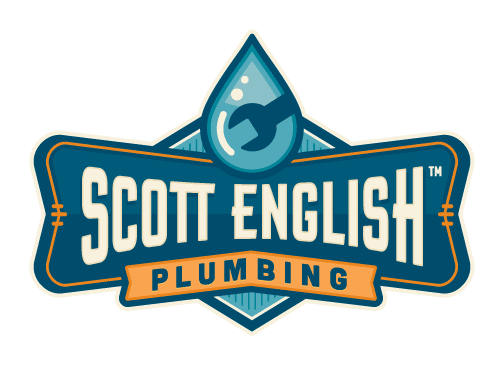Energy Efficient Plumbing
Outdated plumbing fixtures can cost you a bundle in terms of both water and power. They use significantly more water than we now know is necessary, and fixtures like dishwashers and washing machines can also eat up your electricity. Over the last few years, significant improvements have been made that allow you to get the function and reliability that you need while drastically cutting down on energy and water consumption. Check out these energy efficient plumbing options.
High-Efficiency Dishwashers
How often do you run your dishwasher? Every day? More than once a day? The average sized family likely can’t go more than a full day or two at the most without running a load of dishes through the dishwasher. If you have an older dishwasher, you could be using tons of water and power every time you run a cycle of dishes. A dishwasher from 1994 or earlier can cost an extra $40 per year in terms of power costs alone versus an Energy Star certified model. An Energy Star certified dishwasher will also save around 1,300 gallons of water over its lifespan.
In addition to upgrading to an Energy Star certified dishwasher, you can also save on water and power by only running the dishwasher when it is completely full.
Low-Flow Faucets
Low-flow faucets can be used in any sink in your home, whether they are located in a kitchen or bathroom. A low-flow faucet reduces the volume of water that is released by the faucet, which helps to cut down on wasted water. Low-flow faucets can actually cut down on water consumption by 30%. Look for Water Sense faucets, which are produced in partnership with the EPA. Water Sense faucets cut the flow of water from the faucet from 2.2 gallons per minute to 1.5 gallons per minute. This simple change can save, on average, 700 gallons of water per year.
Another water-saving option is to install aerators in your existing faucets. An aerator is a small, inexpensive piece that is installed directly into your current faucet and reduces the flow of water.
Low-Flow Toilets
Low-flow toilets get a bad rap, but the truth is that current models are far superior to the models of years ago. Today, a low-flow toilet can save you many gallons of water with every flush, yet still provide reliable service. Your toilet uses more water than any other plumbing fixture in your house. In fact, it accounts for as much as 1/3 of your total indoor water use. By switching over to low-flow toilets, you can cut your water consumption by anywhere from 20-60%, depending on the age of your current toilets. That’s equivalent to as much as 13,000 gallons of water per year. In terms of dollar savings, that is equal to over $2,000 over the lifetime of the toilet.
There are several different types of low-flow and high-efficiency toilets on the market. The most popular variety is the pressurized flush high-efficiency toilet. This model relies on pressurized water instead of gravity to flush the toilet. It provides excellent performance while drastically cutting down on water consumption. A traditional toilet uses around seven gallons of water per flush, while a pressurized flush high-efficiency toilet uses less than 1.28 per flush.
If you would like to cut down on water and energy consumption in your home, contact the pros at Scott English Plumbing. We will help you to select fixtures that will provide you with the reliable performance that you need while cutting down on energy and water consumption. Call Scott English Plumbing today for energy efficient plumbing installation.
